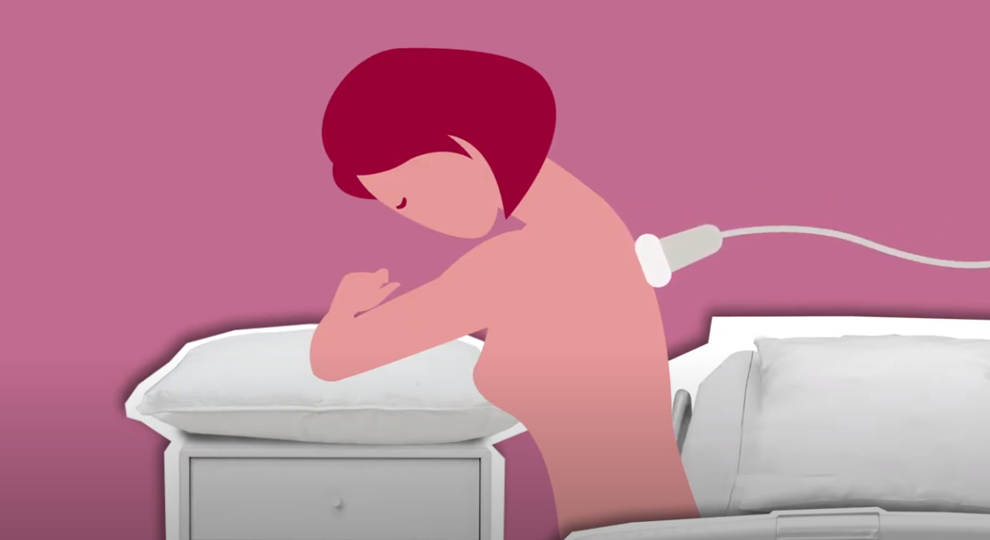Pleural tap
A pleural tap procedure can be used to diagnose you (diagnostic pleural tap) or for relief (therapeutic pleural tap). The first block of information on this page is about a diagnostic pleural tap and the second block about a therapeutic pleural tap. The video on this page summarizes the information found on this page.
What is a diagnostic pleural tap?
We use a pleural tap to see if there is fluid in the pleural cavity, the area between the pleurae. If this is the case, we will tap the fluid using a needle. We will analyze the fluids afterward. Please let us know whether you take blood thinners before the procedure.
How long does the procedure take?
The procedure will take approximately 10 minutes. The fluids will be sent to the laboratory for further analysis.
After the procedure
Your practicing physician will discuss the results with you during your next consultation.
What is a therapeutic pleural tap?
A pleural tap can be used for relief if you have fluid buildup that presses against your lungs, causing shortness of breath. Fluids will be tapped using a needle. Your pulmonologist may opt for a therapeutic pleural tap during a diagnostic pleural tap. You will have an ultrasound to find the best spot for the drain. Your skin will be numbed, after which the drain will be inserted between the ribs in the back. We will remove as much pleural fluid as possible. You may feel the urge to cough, pressure in the chest, or pain in the shoulder. These symptoms usually disappear once the drainage is complete.
How long does the procedure take?
The procedure will take approximately 30 to 45 minutes. We may send the fluids to our laboratory.
After the procedure
Your pulmonologist may prescribe you codeine which can suppress the urge to cough. If you take codeine you cannot drive or operate heavy machinery that day. If you are experiencing a fever or shortness of breath at home, please contact us immediately.
 nl
nl
 Nederlands (Nederland)
Nederlands (Nederland)
 English (United States)
English (United States)
